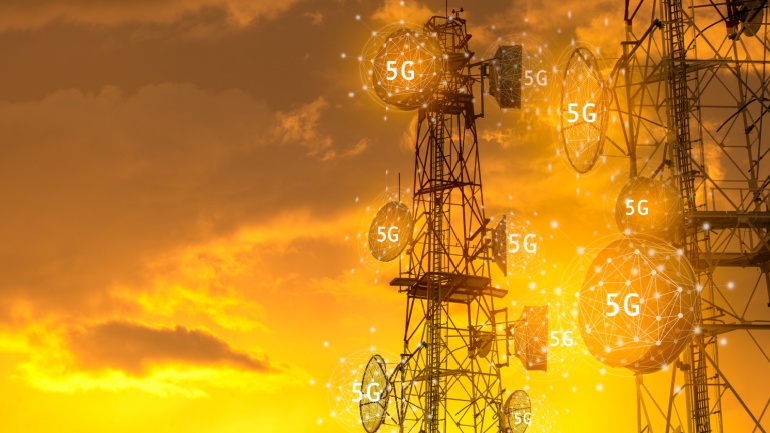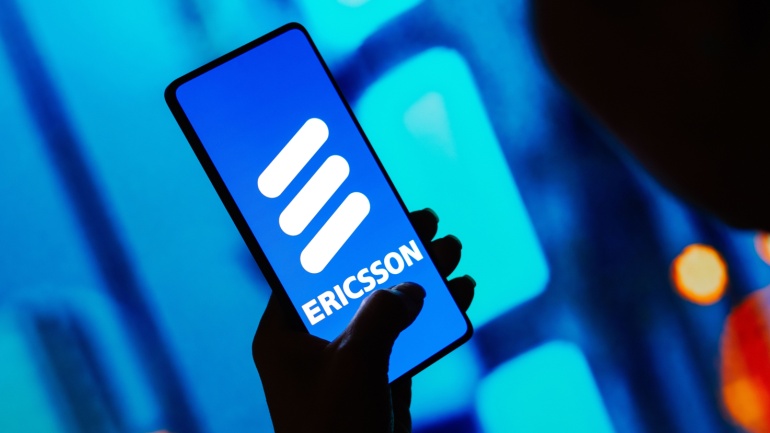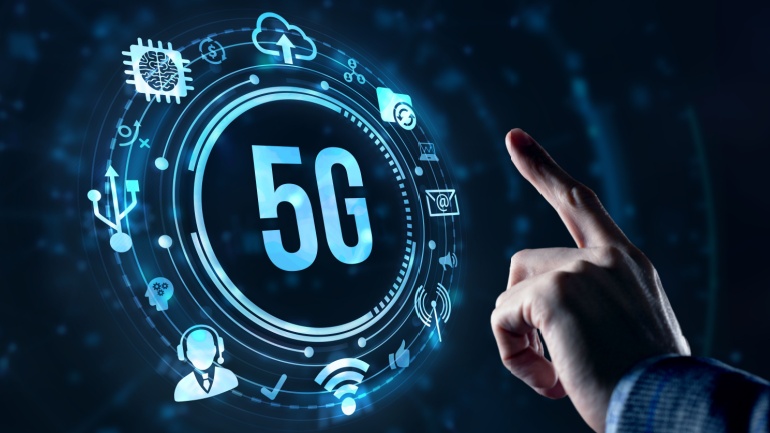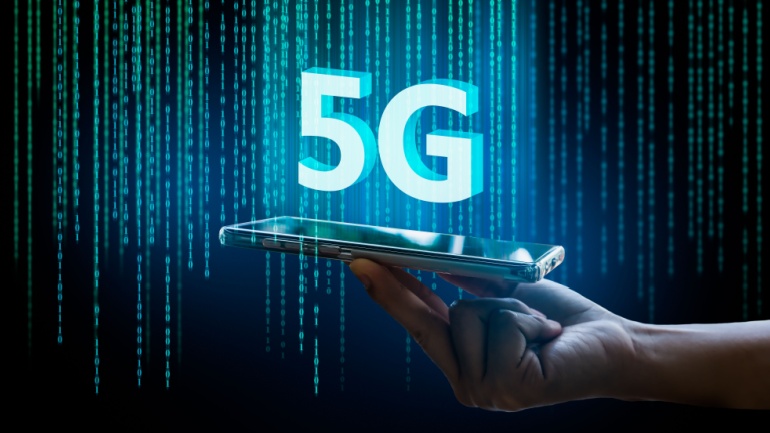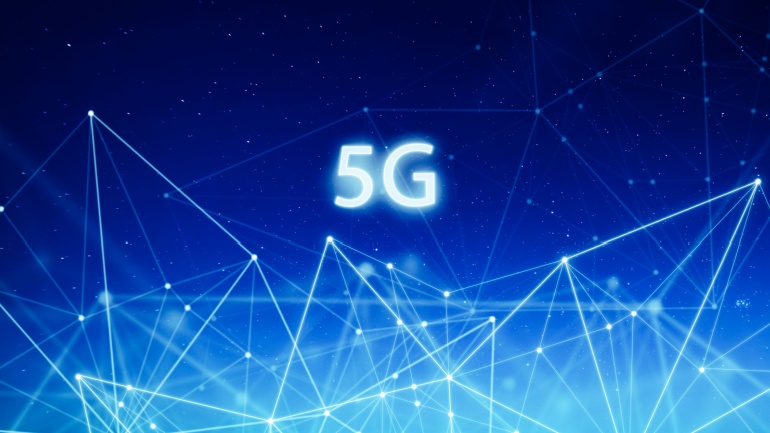A consortium of major Japanese tech companies, including mobile operator NTT DoCoMo, has successfully conducted a trial of 5G communication in the 38 GHz band using a base station positioned 4 km above ground level. This experiment is a critical part of Japan’s initiative to establish high-altitude platform stations (HAPS) for delivering 5G services from the stratosphere.
French telecommunications giant Orange has announced a strategic partnership with Nokia, aiming to broaden the reach of its network APIs. This collaboration will leverage Nokia’s Network as Code platform, incorporating a developer portal to invigorate the 5G market and stimulate revenue growth.
Ericsson has announced an additional $50 million investment in its USA 5G Smart Factory in Lewisville, Texas, adding to an initial $100 million invested in 2020. This expansion aims to increase local production to meet the rising demand for US-made 5G infrastructure, aligning with the Build America Buy America Act (BABAA).
New research conducted by consultancy Cluttons in collaboration with YouGov has revealed significant doubts among Conservative MPs regarding the UK’s ability to achieve government targets for nationwide standalone 5G coverage by 2030. The study, which surveyed 104 MPs and 556 local councillors, found that only one-third of Conservative MPs (34%) expressed confidence in meeting the ambitious targets set by the government.
Spain’s top three mobile operators have struck a deal to share spectrum in the 700 MHz band, aiming to improve rural coverage and secure government funding. This agreement involves Telefonica’s Movistar, the newly formed MasOrange, and Vodafone’s Spanish division.
EchoStar Corporation has landed a substantial contract to supply mobile devices and services to the US Navy, valued at up to $2.7 billion over the next decade. This deal, though not a complete solution to the company’s financial woes, is a significant positive development amid ongoing challenges.
Cummins Inc, a global leader in manufacturing heavy-duty truck engines, has sealed a groundbreaking deal with Verizon Business to introduce cutting-edge wireless networks at its Jamestown Engine Plant (JEP) in Lakewood, NY. The collaboration entails the deployment of Verizon’s innovative Neutral Host Network alongside a Private 5G Network within the premises of JEP, aiming to cater to both public and private connectivity needs.
Qatar-based telecommunications giant Ooredoo has announced a strategic partnership with Nokia aimed at capitalizing on the burgeoning private 5G network sector. The collaboration, formalized through a Memorandum of Understanding (MoU), will see the two companies working together to develop bespoke 5G networks tailored for enterprise clients.
Telecommunications operators are increasingly turning to satellite technology to expand 5G coverage, particularly in rural regions, as indicated by new data from the Global mobile Suppliers Association (GSA). However, despite a rising number of partnerships and commercial launches, the market’s growth is slower than anticipated.
In a pivotal tech development, Delta Airlines aligns with T-Mobile, dedicating their efforts towards promoting 5G technology advancement. The vast integration will transform over 60,000 workflows, enhancing operations from check-in to lift-off. To support this evolution, Delta plans to implement a T-Mobile 5G hybrid network at its Atlanta headquarters. As part of its ongoing telecom development, T-Mobile recently concluded a $290 million 5G network expansion in Louisiana.



